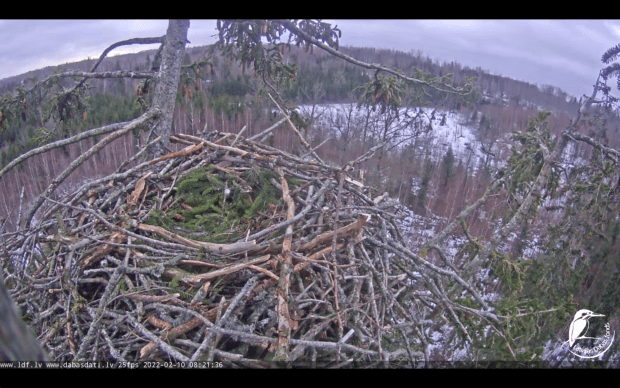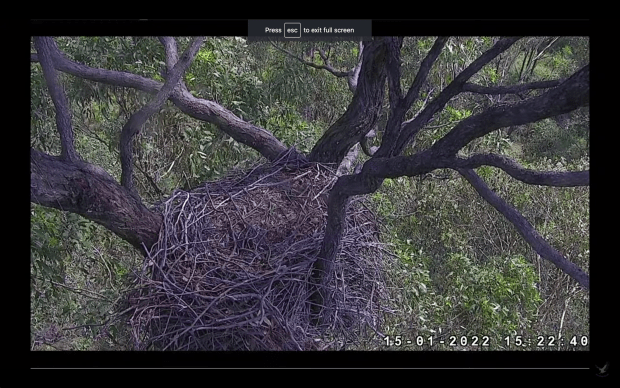The Lost Words is a book by Robert MacFarlane, Fellow at Emmanuel College, Cambridge. Its focus is on the words that the editors of the Oxford Children’s Dictionary removed. Its 128 pages, 27.9 x 37.6 cm in size, are gorgeously illustrated with the watercolours of Jackie Morris, writer and illustrator, who lives in Pembrokeshire, Wales. The missing words that concerned MacFarlane are the following: acorn, Adder, Bluebell, Bramble, Conker, dandelion, fern, heather, heron, Ivy, Kingfisher, Lark, Magpie, Newt, Otter, Raven, Starling, Weasel, Willow, and Wren. At a time when our focus as adults should be to strive to install the wonder of the natural world and our responsibility to it in the children, why, then, would anyone choose to remove words that are directly connected with our environment.
I mentioned this book awhile ago. I have returned to it many times always admiring the illustrations, such as the images of the Ravens on the forest floor amongst the fallen conkers. Conkers are the fruit of the Horse Chestnut Tree, Aesculus hippocastanum. Horse Chestnut trees can grow quite large. Ironically, the conkers are poisonous to horses and I believe, all other animals. The type of poison is called esculin.
That illustration conjured up a beautiful memory of the time my family spent in England. Up on the gorse was a Conker Tree. We had never seen conkers – it was something wonderful and new. The children played a game with them. First you had to drill a hole and run a cord through the conker and secure it with a nice big knot at the bottom. The children would then ‘conk’ their conkers trying to see whose would break first! It was free entertainment and kept them busy for hours.

Creative Commons had this historical picture of two young lads trying to break the others’ conker.

The rolling hills with their public paths were marvellous places for the children and the adults to take walks and breathe in the air. We were fortunate to have a ‘gorse’ within 50 or 60 feet from where we lived. It was full of butterflies and birds and the most delicious blackberries. It was a time when children played outside with their mates. No one set in front of the telly or spent hours looking at screens. Bikes were ridden and trees were climbed. In the three years we lived in Lincolnshire, it snowed once. There was about 4 cm on the ground – just enough. Still, everything stopped. Children stayed home from school and anything and everything that could be used as a sled was used to slide down the hills of the gorse. I wonder what all those children would think about the snow in my garden today?


The nice thing about snow is that it can cause people to slow down. To enjoy a cup of hot tea and a book. To stop running around worrying about things that are not always that important, to pause long enough to take in the moments.
It seems like it is rather quiet in Bird World but, is it really? Eaglets are growing bigger by the day all the while their plumage is changing. Thankfully, none are ready to fledge. E19 and E20 spend time flapping their wings as does the Osceola eaglet. Other eagles are incubating eggs. It is not time for Osprey season unless they are in Florida. Diane is incubating 3 eggs at Achieva in St Petersburg while Lena, laying hers a month early at Captiva, will be on hatch watch this weekend. Annie and Grinnell are only dreaming of eyases. Today Grinnell had to tell a 2 year old juvenile female to get off the ledge of The Campanile. Cal Falcons posted a video of that encounter.
Ervie continues to fish call off the barge at Port Lincoln. We can hear him but we cannot see him.

Kincaid is 29 days old today. He is starting to walk. It is so cute to see those first ‘baby steps’. Louis brought in what looks like an egret (or a part of an egret). When it looked like Louis might want to eat some of it, Anna promptly arrived at the nest. To Anna, prey brought to the nest belongs to her and Kincaid, not Louis who brought it! Anna is pretty strict in that regard. Not all female Bald Eagles behave that way. Anna proceeded to try and remove one long leg while Kincaid, with an already large crop, waited patiently.

Kincaid is mimicking what Anna is doing as he grabs the other leg and pulls on it. So cute. Kincaid also keeps himself busy moving around nesting material. These little eaglets learn from watching the adults.

Kincaid is already making attempts at self-feeding.
Kincaid is, of course, not the only one trying out eating by itself. I posted an image of R2 at the WRDC nest a week ago eating a fish. The eaglets of Harriet and M15 are also attempting eating on their own. E20 has become a bit of a pro. It seems like all of the eaglets grew up faster than they have ever done previously. Does it seem that way to you?
At the White-tailed Eagle nest of Milda and her new mate near Durbe, Latvia, the snow has melted. Milda will be laying her eggs about the same time as Big Red in Ithaca, New York – the third week of March – if all goes to plan.

There is more snow forecast for Big Red’s territory. The temperature in Ithaca is 1 C.
What I like about the image below is that you can see the nest cup area that Big Red and Arthur have been working on. In Milda’s nest sprigs of pine with their cones line the area of the egg cup. It is so fascinating watching the couples prepare for the upcoming breeding season. It is so intriguing. I would love to ‘speak hawk’ and sit by Big Red and Arthur when they discuss what needs to be done!

At least five eagles poisoned, one dead, four in serious condition in Manchester Maryland. Was this lead poisoning? or was this something else more sinister to impact all of the birds at the same time? There is an investigation underway.
Here is a short informative video of why eagles eat carrion in the winter.
There is good news coming out of Australia about WBSE 27. You might remember that twice, after fledging, 27 was taken into care. 27 was not taught by the parents to take care of itself. Once 27 fledged, it was taunted and chased by the Pied Currawong. Both times 27 was extremely dehydrated. The last time the Currawong had gathered and had pecked 27s head. When 27 was taken into care the last time, I hoped that rehabilitation would include flight training as well as training for getting prey. This takes longer than a two week stay in a clinic. Some wildlife rehabbers keep birds for 2 years to make certain they are capable of caring for themselves with confidence. It looks like 27 is getting that great training. The news is excellent!
Isn’t she lovely? And – yes – 27 is a she!

I wish that all of the sea eagles that fledge from the WBSE nest in the Sydney Olympic Park would not be harangued by the Pied Currawong. They chase them out of the forest. They never learn to fly or to catch prey. How many of them survive, if any, unless they wind up in care?
The camera is now working again at Port Lincoln. Ervie was on the nest and, at various times, in the shed with Dad. Sometimes he was in the shed alone. I cannot tell you if he had a fish but there was definitely a lot of fish calling.


Checking in on Jack and Diane at the Achieva Credit Union Osprey nest and Jack is busy delivering fish and helping incubate the eggs.

If you are into garden animals and song birds, with a few surprises, you might want to check out Wildlife Kate. She has several wildlife cams and is featured on Springwatch in the UK. Have a look. You might find something really interesting like Yew Pond, or the Kestrel Box, or the Woodland Pond.

This is Woodland Pond. The cameras are live with no rewind. Enjoy.

https://www.wildlifekate.co.uk/
I haven’t posted anything about the eaglet at Berry College for a few days. Thermal down is coming in nicely. Pa Berry did a great job feeding the little one this morning. B15 is still walking around on its tarsus (not yet with its feet) and doing a lot of preening. B15 is doing great. Missy and Pa Berry are doing a great job raising this baby.

B15 is a sweet little eaglet. You can see how its plumage is beginning to change.

I will leave you with a gorgeous image of Jackie incubating her eggs at Big Bear Bald Eagle nest in California. Fingers crossed for a great season for her and Shadow!

Thank you so much for joining me today. Take care. See you soon!
Thank you to the following for their streaming cams where I took my screen captures: Friends of Big Bear, Achieva Credit Union, Wildlife Kate, Cornell Bird Lab and RTH, Berry College, Port Lincoln Osprey Project, KNF, Latvian Fund for Nature, and Sea Eagle Cam FB Page.




































































































































